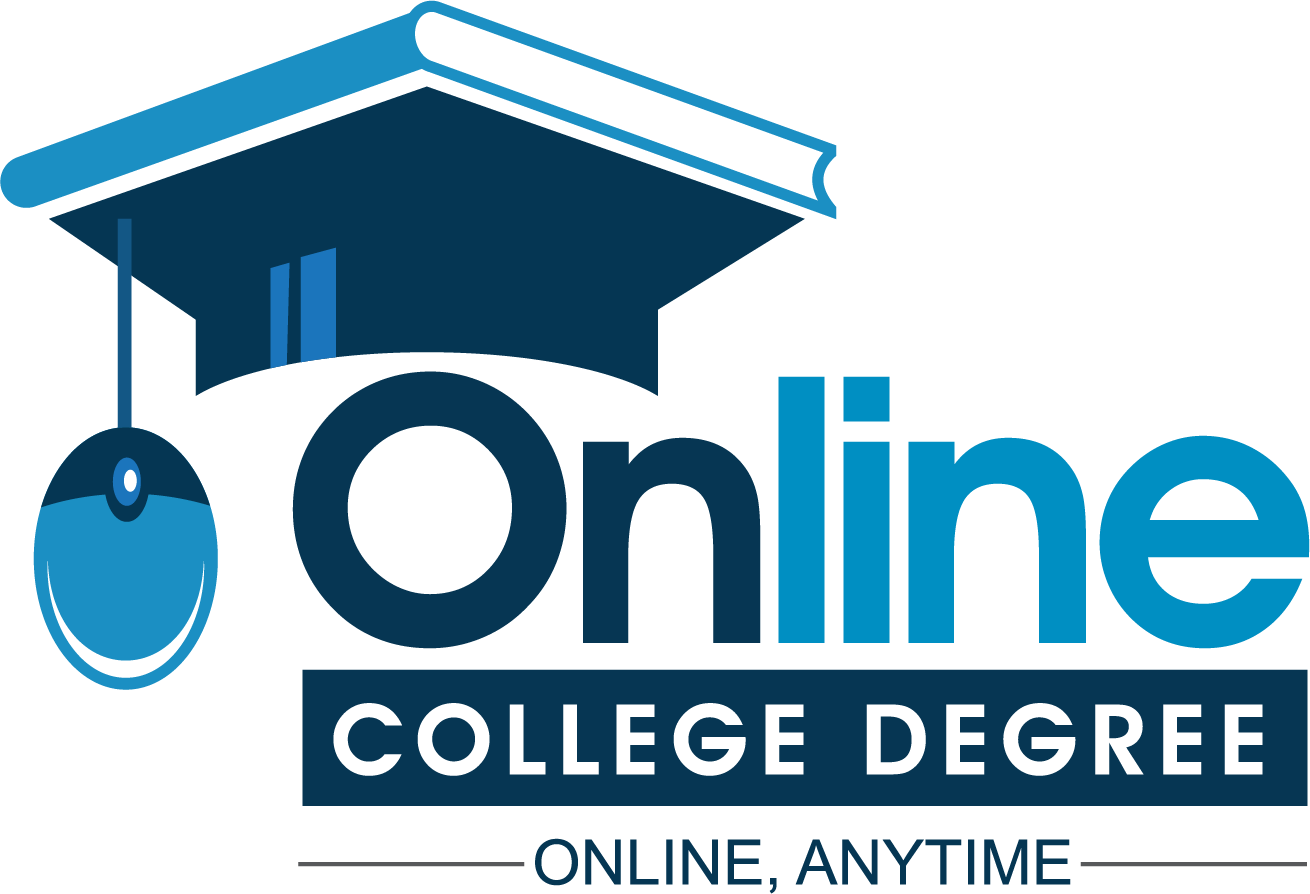Distance learning is now a flourishing university enterprise that often and quickly produces well-trained graduates. If you continue to think that a web degree may be a bunch of bunk beds, it is time to throw those thoughts out the window.
The Internet age has brought Permitted technology, science, and education straight into our living rooms. There are many accredited online universities, distance and online learning became increasingly effective. Congress has given the industry far more leverage through the federal student aid program to supply students with support for online college.
Federal funding for online college funding
In February 2006, referring to non-traditional students everywhere, Congress lifted the so-called “50% rule”. According to this rule, schools had to offer at least 50% of their classes in a class eligible for the state scholarship program. It has therefore been very difficult for online universities to provide good government-funded financial support to online universities.
Originally implemented to prevent fraud which is widely recognized in the industry, the 50 percent rule has kept things at bay by preventing so-called “diploma factories” from entering the federal cookie jar. Before this limitation, these graduate factories had effectively attracted students by promising state aid to pay for their studies at a distance and, therefore, had made good profits without offering any real education to anyone. Since most of these agencies offered virtually no real class when the rule came into effect, their access to federal funds also disappeared.
Of course, this was done at the expense of another legitimate distance education program that had less federal funding for online college. The repeal of the law will help free up some of this online college grant sponsored by a federal college to these more accredited programs.
Traditional universities fear aid will spread too far
Not everyone is happy with the change in the law. As traditional universities increasingly offer their own courses on the Internet, they claim that their status as “legitimate” schools entitles them to a larger share of the pie than schools devoted to distance education programs. Most of them are non-profit organizations and attract students by offeringhttps://www.onlinecollegedegree.com/ attractive student support programs that cannot reconcile legitimate distance education programs with federal funding for unsupported online universities financially.
With non-profit schools earning a limited amount of money, some fear that at a time when enrollment continues to increase and the amount of available money will increase, it will be much more difficult to attract students and pay aid bills on a limited basis.
